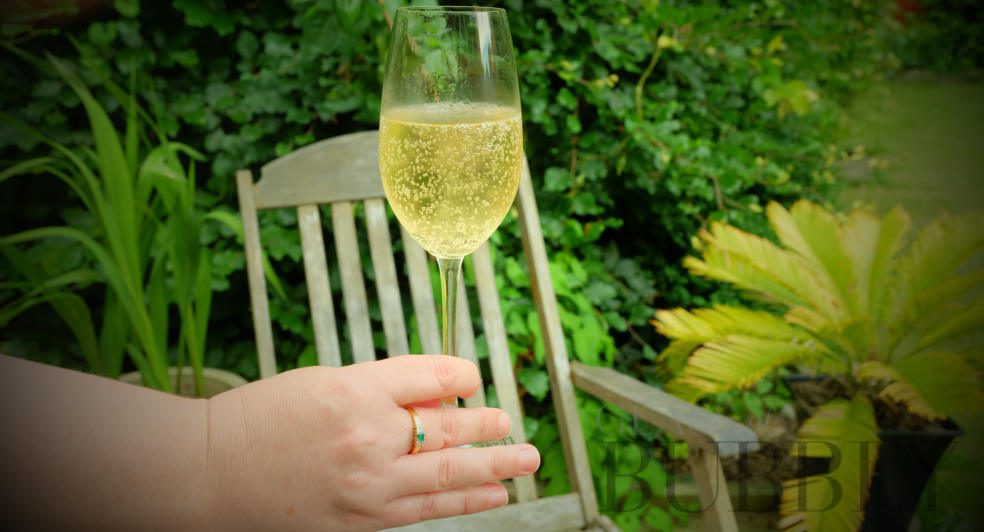‘General Knowledge’ Facts on Bubbly
26th September 2022

There is something special, usually involving fun times, whenever we get to popping and pouring bottles of bubbly. Even though this fizzy style of wine has a global fan base, it is surprising that most consumers only hold a very basic level of knowledge on what exactly they are drinking. I am sure many of us could name 4 or 5 Champagne producers such as Moët & Chandon, Veuve Clicquot, Bollinger, Lanson or Louis Roederer, but how many Prosecco producers can you name? I am sure many will not be overly interested in studying the finer details of the bottle they are about to enjoy, but for those moments during pub quizzes, when you want to impress a work colleague or a during a first date, you might wish to keep the following up your sleeve:
Who: The first ever sparkling wine was Blanquette de Limoux, from Languedoc, shows up in writings from as early as 1531 by the monks of Saint-Hilaire source winemag.com
What: The main three grapes of Champagne are Chardonnay, Pinot Noir and (Pinot) Meunier – The main grape of Prosecco is Glera.
Where: Of all the general reports on where bubbles were discovered, the more charming story, is via Dom Pérignon the French monk from the Champagne region whose famous Champagne quote is: ‘Come quickly, I am tasting the stars.‘
When: Prepare yourself with three possible answers here with Blanquette de Limoux in 1531, Christopher Merrett in 1662 and Dom Perignon in 1697.
Why: Some bottles of Champagne state a year and most others do not, why is that? A vintage (year) on a bottle of Champagne means that the grapes used to make it were all from that year, vintage does not mean ‘old’ in the world of wine.

How to hold a Glass of Champagne
How: How to hold your Champagne glass is always an interesting tip to have up your sleeve. Remember not to refrain from holding the bowl of the glass as this will warm up the wine in the glass quicker and instead hold the stem or even better, the base.
Which: Age is important in Champagne so we ask ‘which is the oldest Champagne house‘? This title goes to the winery of Gosset which was founded (as a still wine producer) in 1584 and is the oldest Champagne house still in operation today. Sometimes you might get tripped up here with the answer of the Ruinart winery which is also a popular answer to this question.
How: Size matters in wine (well especially for those keen drinkers amongst us) so how big is the biggest bottle of bubbly? The biggest in the range holds 30 litres (40 standard bottles of bubbly) and is called a Melchizedek. For reference, a Magnum is 1.5 litres and 2 x standard bottle size – a Jerboboam is 3 litres and 4 x standard bottle size.
When: Not everyone’s wine can be sold the day after it is made. Prosecco there is a minimum production time of 30 days – For Champagne, there is a minimum production time of 15 months.
Where: Let’s get back to basics for those fun evenings enjoying the odd pub quiz or two. Champagne is from France – Prosecco is from Italy – Cava is from Spain – Franciacorta is from Italy – Trento DOC is from Italy – Method Cap Classique is from South Africa – Spumante is from Italy – Cremant is from France.
Open a bottle of Champagne / Sparkling Wine with just a whisper, not a pop.
How: For those professional wine connoisseurs and sommeliers, the way to open a bottle of bubbly is to make sure that you do not get a loud pop from the cork and instead control the cork by twisting the bottle and releasing it slowly securing a slow release of air.
What: The level of pressure in a bottle of Champagne will surprise you as it is equivalent to nearly three tyres on a family car (70-90 pounds-per-square-inch).
![]()
Christopher Walkey
Co-founder of Glass of Bubbly. Journalist and author focused on Champagne & Sparkling Wines and pairing them with foods.
